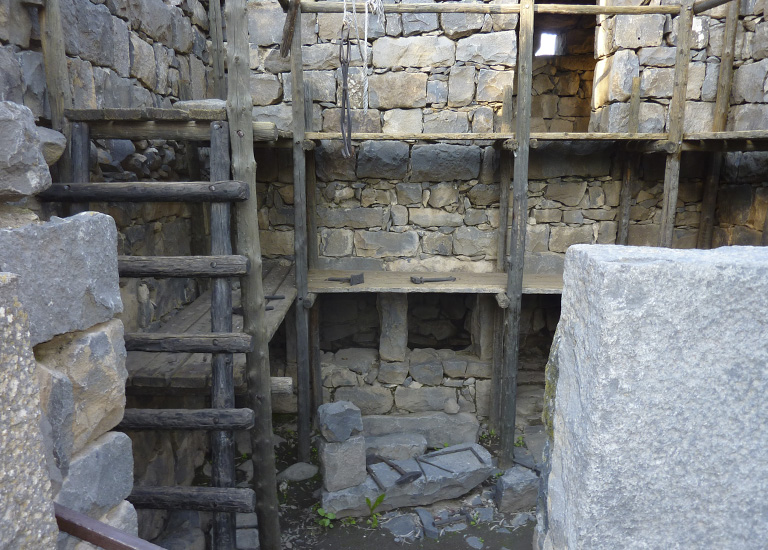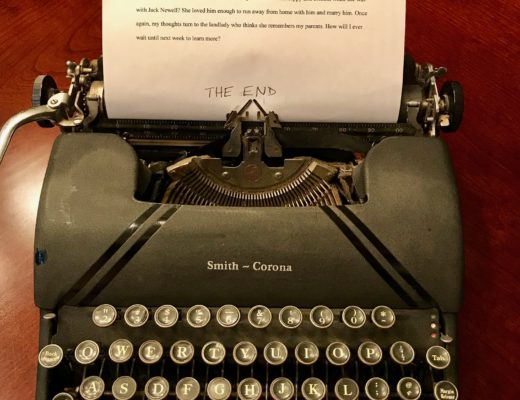A huge part of a writer’s job is to create word pictures. We try to describe a room or a house or a village in such vivid detail that readers can see them, too. We transport you there, so you can smell the dirty socks in the bedroom or the aroma of bread baking inside the house; you’re tempted to sneeze as you inhale the dirt on the dusty village street. Whenever I research a story I take plenty of notes and photographs to help me recall what I’ve experienced and recreate it in word pictures.
 But I’ve faced a big challenge in writing my latest series of books, The Restoration Chronicles. These three novels take place 500 years before Christ—and I don’t have a time machine to see what life was like back then! I did make several trips to Israel so I could describe the lush, rolling green hills around Jerusalem; the stark beauty of the Judean wilderness; the distant snow-covered peak of Mt. Hermon. But what did the houses look like? The villages? How did people cook—and for that matter, what did they eat?
But I’ve faced a big challenge in writing my latest series of books, The Restoration Chronicles. These three novels take place 500 years before Christ—and I don’t have a time machine to see what life was like back then! I did make several trips to Israel so I could describe the lush, rolling green hills around Jerusalem; the stark beauty of the Judean wilderness; the distant snow-covered peak of Mt. Hermon. But what did the houses look like? The villages? How did people cook—and for that matter, what did they eat?
 One of the places I discovered while researching in Israel was the excavated village of Katzrin in the Golan Heights. This typical Jewish town has been partially reconstructed for modern visitors and outfitted with the household items and farm implements that people would have used every day. It was inhabited during a slightly later time period than my books, but it still offers a peek into what everyday life might have been like for my characters.
One of the places I discovered while researching in Israel was the excavated village of Katzrin in the Golan Heights. This typical Jewish town has been partially reconstructed for modern visitors and outfitted with the household items and farm implements that people would have used every day. It was inhabited during a slightly later time period than my books, but it still offers a peek into what everyday life might have been like for my characters.
These are of the remains of the village synagogue. It was the place where people gathered together, studied scripture and prayed. Like most synagogues of this time, it was built facing Jerusalem.

One of the main storylines in The Restoration Chronicles is how God’s people labored to rebuild Jerusalem and God’s temple. This example of an ancient house under construction shows the tools and methods my characters would have used.
This picture was taken inside a typical home and shows the main room, used for living, dining, and sleeping. That platform hanging from the ceiling is where people put their food so the mice couldn’t get it. (And maybe it discouraged midnight snacking?)
This is my son Benjamin climbing down the ladder from the loft where the parents might have slept for privacy.
And this is the hearth where the women cooked the meals. I’m feeling grateful for my stove and microwave, aren’t you? 
Benjamin, my mother, and I are demonstrating an olive press, squeezing the oil out of the olives to use for cooking and lamplight.
So, do any of you want to go back in time and live in Katzrin? I admit I’m grateful for all my modern gadgets. By the way, if you want to read my word pictures describing daily life in 500 B.C., the second book in my Restoration Chronicles series will be out this month. It’s called Keepers of the Covenant. I hope you enjoy it.




1 comments
I definitely appreciate your historical accuracy in your novels, the Keepers of the Covenant series included. I felt immersed in that real time period.
Comments are closed.